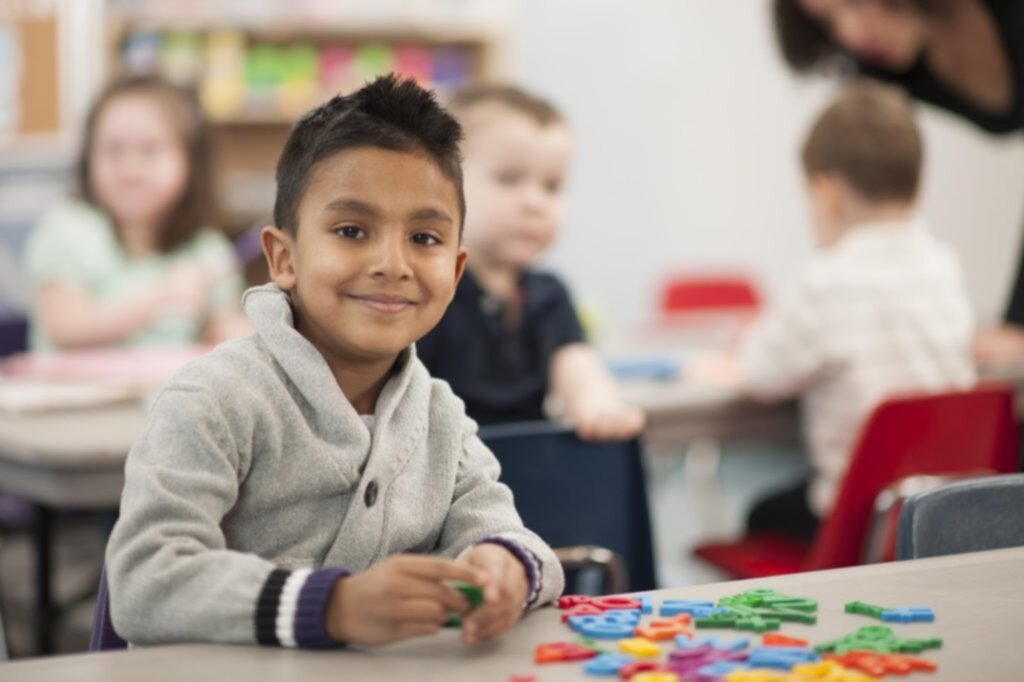
The United States is one of the most diverse countries in the world, as it is home to individuals from an array of cultures and ethnic backgrounds. Our diversity makes us a strong and vibrant nation, yet immigrant children and families still face countless obstacles in their new home. Miscommunication based on language barriers and other cultural differences tends to be the most common obstacles faced by immigrant children and families. In order to help English Learners (ELs) become accustomed to their new home and language so that they can thrive in school and their community, teachers must work to provide immigrant children and families with an array of resources and guidance throughout the acculturation process. Read on to learn more about the process of acculturation and what you can do to provide support to your EL students and their families.
The process of acculturation is multicultural in nature. There are a number of factors that play a role in acculturation, and how a child or individual acculturates into their new school setting and community. In order for acculturation to successfully occur, teachers should embrace ELs’ language, culture, and heritage, so that immigrant students have a positive experience in school. When EL students see that their teachers and school value their language and norms, they are more open to learning about their new language and cultural norms.
Additional factors that influence the acculturation process include the age of migration, native language skills, gender, attitude, living arrangements, experiences, and parental behaviors. Also, the reasons why students and their family migrated to their new country, along with the migration process, play a huge role in the acculturation process.
Teachers should embrace multiculturalism in the classroom and attempt to connect with EL students. Additionally, as parents play an important role in the educational endeavors of their children, it is important for teachers to reach out to EL parents to create the home-school connection. When parents feel valued and significant to the learning and education of their children, the acculturation process can happen at a faster rate in a smoother fashion. Parents will feel welcomed into the school setting and encourage their children to feel the same way.
Teachers can include multicultural activities in the classroom so that immigrant children can see that their new home is a welcoming nation founded by immigrants. Additionally, teachers can incorporate bilingual books into their classroom and homework assignments. Lectura Books offers an array of bilingual books in English and Spanish that are ideal for ELs of all ages. The bilingual books feature cultures and topics that many Latino children can relate to. Bilingual books are excellent tools for acculturation because ELs are learning how to read in English alongside their native language, which helps them better understand the English text, while reinforcing their native language and literacy skills. For more information on the process of acculturation and how teachers can help EL students and parents feel comfortable and welcome in the school setting and community, visit the Latino Family Literacy Project for additional information and resources.
